Our favourite places to stay on this sleepy Cebu island.
10 Calamity-Prone Areas in the Philippines Too Beautiful Not to Visit
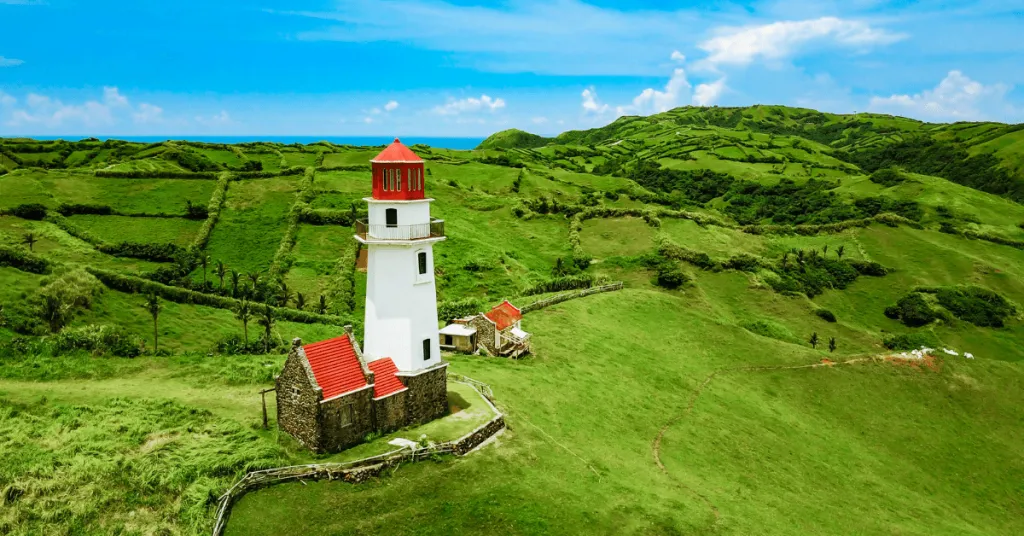
Our country overflows with exquisite natural wonders. We have islands abundant in plant and animal diversity, countless beaches with fine sand, and majestic mountains that grace the majority of our provinces. Unfortunately, many of our most beautiful islands are also highly susceptible to natural disasters.
While our location along the typhoon belt is a major reason for the frequent natural disasters, there are also other controllable factors that are often overlooked. According to the World Bank Group, among these factors are overpopulation, unplanned urbanization, and environmental deterioration.
Despite these challenges, some of the most disaster-prone areas in the Philippines remain breathtaking, having withstood the test of nature's wrath time and again.
Calamity-prone areas in the Philippines that are worth visiting
1. Batangas
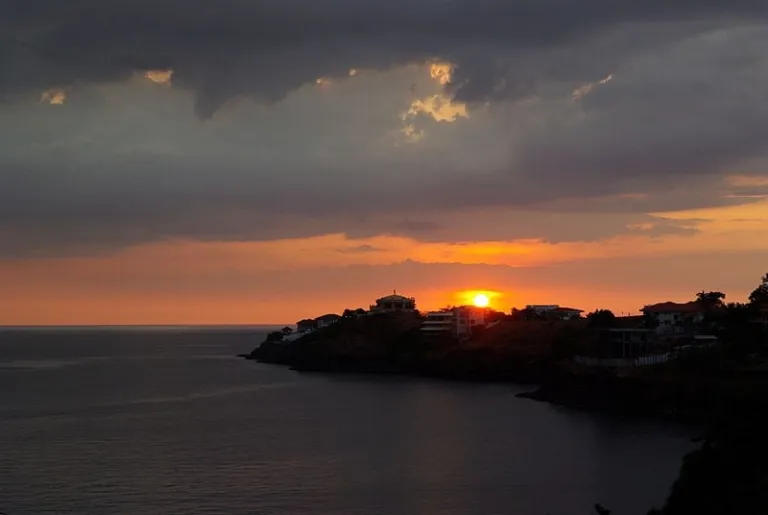
Home of the famous Taal Volcano, coastal tourist centre Nasugbu, and the majority of the world’s coral reef species, Batangas has earned itself the title, “The Land of the Rolling Hills and Wide Shorelands.” Its cool climate, beautiful beaches, and thrilling diving spots also contribute to the notability of this Southern Luzon wonder.
All this being said, it’s easy to overlook that Batangas is one of the most calamity-prone areas in the Philippines. In fact, in 2015, an international research firm named it seventh among the top 10 most at-risk places in the world! But given the news we’ve been hearing, this might not be too surprising.
In January 2020, Batangas declared a state of calamity because of the Taal Volcano eruption. The world’s smallest active volcano rose to Alert Level 4; meaning it produced continuous earthquakes until it finally calmed down. Over 15,000 individuals and 3,000 families ewere vacuated due to this disaster.
Also read: These Stunning Batangas Resorts Offer Special Discounts for 2021
2. Ifugao
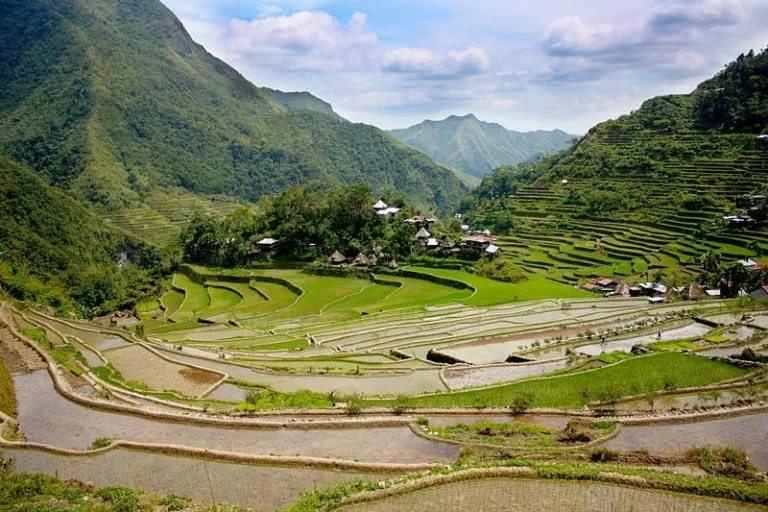 Image credit: Eric Montalban
Image credit: Eric Montalban
Who wouldn’t know about the Banaue Rice Terraces? Apparently, as amazing its feat as being hailed the “Eighth Wonder of the World,” this 2,000-year-old spectacle also made a cameo in the superhero film Avengers: Infinity Wars. Nearby, you’ll see the Batad Rice Terraces, a lesser-known but equally beautiful carving in the mountains of Ifugao.
Many tourists flock to our beaches, but most Filipinos know that some of our gems lay up on the mountains. Ifugao, a landlocked province in the North, prides on being this treasure. Aside from its awe-inspiring rice terraces, the province also bears the icy Tappiya Falls, the culturally rich Tam-An native village, the historical Philippine War Memorial Shrine, and so on.
However hidden this province may be from urbanisation, it still cannot escape nature’s wrath. The Center for Environmental Geomatics – Manila Observatory named Ifugao as the most landslide-prone area in the Philippines. The province has seen incalculable casualties that were brought about by these landslide incidents.
Also read: 5 Movie Scenes That Were Actually Shot in the Philippines
3. Leyte
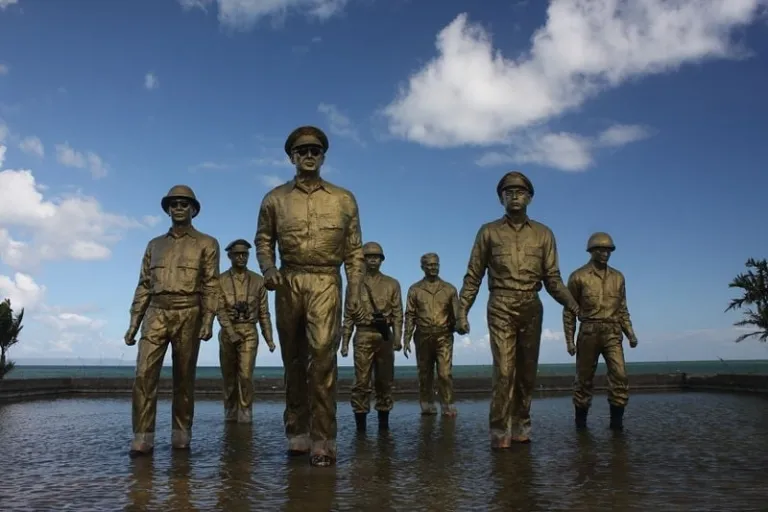 Image credit: Kingphoto23
Image credit: Kingphoto23
The picture of Leyte can be drawn through several features: the longest bridge in the Philippines (San Juanico Bridge), the geothermal electric power plants, the Tinikling dance — even the bloody scenes of World War II and General Douglas MacArthur! Natural wonders also fill the place, so much so that Imelda Marcos decided to rename one of its lakes, Lake Danao, after her. Sambawan Island and the Tangkaan Beach also stun those who visit Leyte.
Today, Leyte is also marked as the place that survived Super Typhoon Yolanda in 2013. It was a Friday when the fury of Yolanda hit Leyte, killing an estimated 10,000 people and destroying around 80% of everything that was in its path. The disaster washed ashore the MV Eva Jocelyn ship which has now become a tourist attraction in the province.
In December 2019, Leyte declared a state of calamity once again after Typhoon Ursula struck on Christmas Eve. Almost 2,000 families were evacuated due to the aftermath of the calamity. Ursula also caused hundreds of millions worth of damage to the province.
Before the coronavirus (COVID-19), Leyte heavily relied on tourism to stabilise its economy amid calamities. Now that the province is under modified general community quarantine (MGCQ), Governor Leopoldo Dominico Petilla expects the economy to bounce back sooner than later.
Also read: A Simple Travel Guide to Leyte: What You Need to Know Before Your Trip
4.Camiguin
 Image credit: Panoramio Upload Bot
Image credit: Panoramio Upload Bot
has it all: beaches, mountains, springs, waterfalls, islands, and — most abundantly — volcanoes. Most people believe that volcanoes created this province in the Southern Philippines; thus, its nickname, “Island Born of Fire.”
Mount Hibok-Hibok is currently the only active volcano in the province, but Camiguin has six more volcanoes, including Mount Timpoong, Mount Butay, and Mount Guinsiliban.
Various tourist sites also grace the province. Here, you’ll see the Old Catarman (Gui-ob) Church Ruins, which show fragments of an ancient church reminiscent of the earthquake that wiped out the village in 1871. The Sunken Cemetery, which sank during the 1871 volcanic holocaust, will also fascinate you.
Indeed, there is a certain beauty in destruction. Camiguin ranks among the most prone to volcanic eruptions in the Philippines, yet the sites adorn the province with mystifying charm.
5.Surigao del Sur
 Image credit: Hariboneagle927
Image credit: Hariboneagle927
Down the eastern coast of Mindanao lies Surigao del Sur, a paradise unknown to most of us. Some go as far as calling it the “Shangri-La in the Pacific,” which implies that the province resembles a Filipino version of utopia. The glorious spill of the Tinuy-an Falls in Bislig, the serene sandbars of the Britania Islands, and the magic of the Enchanted River in Hinatuan may all contribute to the astounding reputation of the province.
Of course, like any other place, Surigao del Sur falls far from perfect. In reality, it’s also an earthquake centre, ranking first in the list of earthquake-prone places in the Philippines. In 2017 alone, a magnitude 6.7 earthquake led to eight deaths, 202 injuries, and damage costing more than ₱665,000,000. In the following years, the province has also suffered from more earthquakes, forcing it to declare a state of calamity most times.
Also read: 4 Days Surigao Itinerary: An Unforgettable Summer Adventure With Friends
6. Batanes
 Image credit: Cid Jacobo
Image credit: Cid Jacobo
While the mountains and the seas of Batanes have always been captivating, social media has helped draw even more attention to the province than it already has the previous years. Sabtang, Batan, and Itbayat all have picturesque landscapes that will make you nothing short of breathless. The cerulean seas provide an astonishing contrast to the coasts that are as pure as can be and to the hills and mountains that are unbelievably green.
Batanes is a wonder, no doubt about that. Its allure imposes even bigger pressure for it to be guarded with utmost care, especially since tsunamis and volcanic eruptions threaten its peace.
In 2019, Batanes declared a state of calamity due to the 5.9 magnitude earthquake that struck in July. This earthquake left nine people deceased and 60 injured. It heavily damaged the historic Santa Maria de Mayan Church in Itbayat. The province suffered almost ₱300 million worth of damage.
Indeed, earthquakes and tropical storms threaten every now and then. The provincial government tries its best to be ready should another natural disaster come its way.
7. Albay
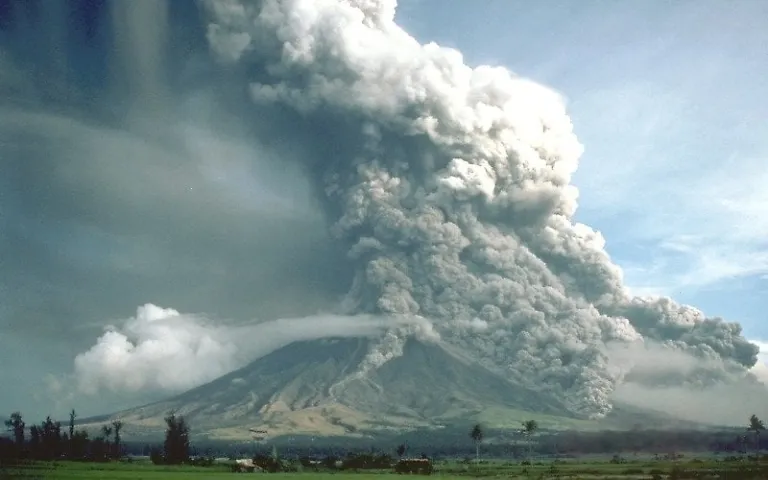 Image credit: Nicolas Lardot
Image credit: Nicolas Lardot
Strolling through Legazpi Boulevard, swimming with the Donsol whale sharks, showering in the Vera Falls, and marvelling around the Cagsawa Ruins are just a few of the activities tourists look forward to when travelling to Albay. Still, Mount Mayon holds the spotlight in the province.
Mount Mayon’s perfect cone shape makes it remarkable, but this grand volcano also makes the province highly prone to volcanic eruptions.
In December 2019, Albay declared a state of calamity due to typhoon Tisoy. Three months later, another declaration was made as COVID-19 entered the province. The declaration has allowed Albay to provide basic services for its residents.
Also read: These Stunning Places in are Totally Worth Visiting
8. Pampanga
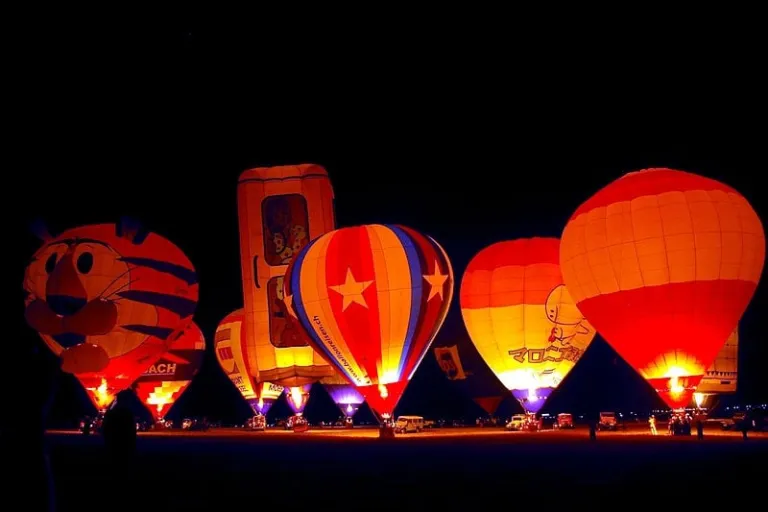 Image credit: Ninjakeg
Image credit: Ninjakeg
People applaud Pampanga for its many attributes: its flavourful cuisines, its clean roads, its world-class attractions, and its enjoyable activities. Most tourists crowd the place every February for the Hot Air Balloon Festival. Others prefer to have their peace and quiet in one of Clark’s excellent resorts.
Imagining a fun-filled weekend in Pampanga may make the place seem unlikely to be calamity-prone. But, the province actually landed in fifth place as the world’s most at-risk cities in 2016.
While Pampanga doesn’t exactly sit on a fault line, trigger areas surround it. Being a coastal area, some experts expect it to turn into a catchment of water if ever the “Big One” comes. Luckily, the province has been reportedly anticipating great natural disasters. Residents equip themselves in preparation for earthquakes and tsunamis should they occur.
9. Bohol
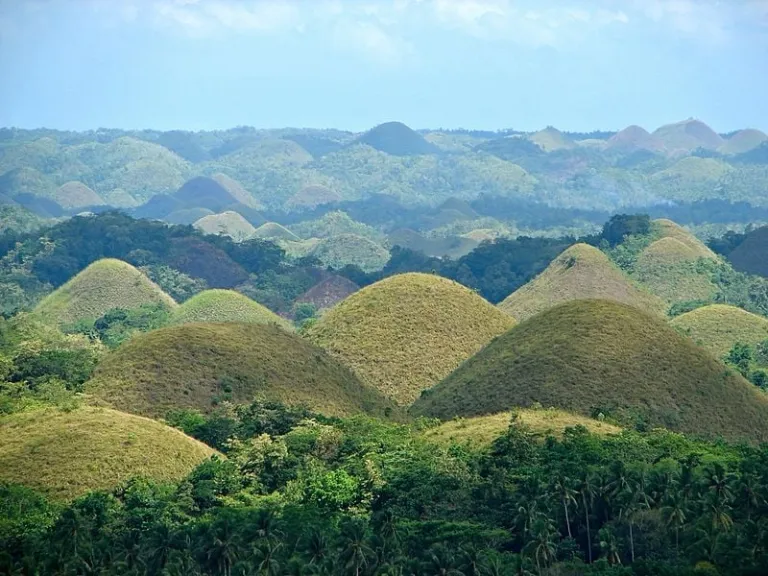 Image credit: P199
Image credit: P199
One of the provinces Filipinos love touring foreigners around in is Bohol. It’s safe to say that the island province is a predictable choice. More than the world-renowned Chocolate Hills, Bohol acts as a haven for beach bums and adrenaline junkies. Panglao Island has astonishingly secluded beaches and falls, Alona Beach offers diving and snorkelling, and the Philippine Tarsier Sanctuary houses the province’s small native primates.
The pride of Bohol sometimes makes us forget that it, too, can’t escape calamities. A case in point: the 2013 Bohol earthquake, which damaged at least ₱2.2 billion-worth of establishments and structures, including Spanish-era churches. Worse, the earthquake killed over 200 and injured around a thousand people. To date, it’s known as the deadliest earthquake since the 1990 Luzon earthquake.
Also read: Pinoy Traveller Must-Haves: 16 Eco-Friendly Travel Items
10. Sulu
 Image credit: Agtillah
Image credit: Agtillah
Because the province has not yet gained too much tourist attention, Sulu has some of the most pristine and uncrowded beach areas in the Philippines. Not only are its seas easy on the eyes, its reefs are also vibrant and untouched.
Various species of fish enjoy their homes as Sulu’s healthy marine life has not been harmed by irresponsible travellers. Clean turquoise waters and white sandy coasts continuously amaze tourists who walk through the archipelago. The mountains of Jolo hug the island, especially as the sun grandly rises from the background.
Yet, the waters aren’t always calm in Sulu. The Center for Environmental Geomatics – Manila Observatory said that the province has the highest risk for tsunamis and the second-highest risk for volcanic eruptions in the Philippines. The most infamous natural disaster that hit the province may be the 1976 Moro Gulf disaster, with an 8.0 magnitude, the earthquake and the massive tsunami that followed killed over 8,000 people, including residents of Sulu.
Thankfully, no disaster has been huge enough to follow the menacing aftermath of the 1976 Moro Gulf disaster. But, Sulu continues to face life-threatening calamities to this day. Aside from the natural calamities that the Philippines typically faces, Sulu has also been vulnerable to armed attacks. Unfortunately and unbelievingly so, attacks have continued even during the province’s state of calamity and public health emergency during the COVID-19 pandemic.
Also read: Air Passenger Rights Every Filipino Should Know
What we should know about these calamity-prone areas in the Philippines
Maintaining a nation remains a collective responsibility, but it’s also good to remember that we can make changes individually. Are we sensible travellers? Can we be more conscious of our trash as we travel? Do we actively take steps to make sure that our provinces are well-maintained and our cities are properly developed?
We often wear our resilience as badges of honour, but we can do more than smile through disasters. We must be aware of what we can actually do to protect the beauty of our homeland. May these calamity-prone areas in the Philippines remind us to be more responsible travellers.
Featured image credited to Joseph Christopher Oropel via Canva Pro.
Published at
About Author
Danielle Uy
Subscribe our Newsletter
Get our weekly tips and travel news!
Recommended Articles
10 Bantayan Island Resorts, Hotels, and Rentals for Your Tropical Escape 14 Best Credit Cards for Travel in the Philippines The only plastic we need for travel.
10 Best Mountain Cafes in the Philippines for Your Peak Coffee Experience Coffee date on the mountains, anyone?
10 Best Things to Do in Los Angeles Los Angeles is more than Hollywood stars. From hikes with killer views to beaches straight out of a rom-com, here are 10 must-do LA experiences for Filipino travellers or any wanderers in general!
10 Commandments for Responsible Travel Flexing Spread the good word!
Latest Articles
Pangasinan Town Now Accepts Digital Payments in Markets and Transport No cash? No problem. Alcala, Pangasinan is officially in its digital era.
Pop Mart PH Opens Permanent Flagship Store in SM Megamall Labubu and Hirono have arrived! Check out holiday hours and event recaps here!
Chen of EXO Arcadia Concert Manila 2026: Tickets, Dates, and Perks Ticket info and fan perks
TLC Playpark: Free Christmas Destination in Taguig, Opening Hours, and Commute Guide Learn what to expect and how to get to TLC Playpark in Brgy. Lower Bicutan Taguig via C5 and MRT-3!
Free MRT and LRT Rides for LGBTQIA+ Members and Solo Parents Today Who rides free today

